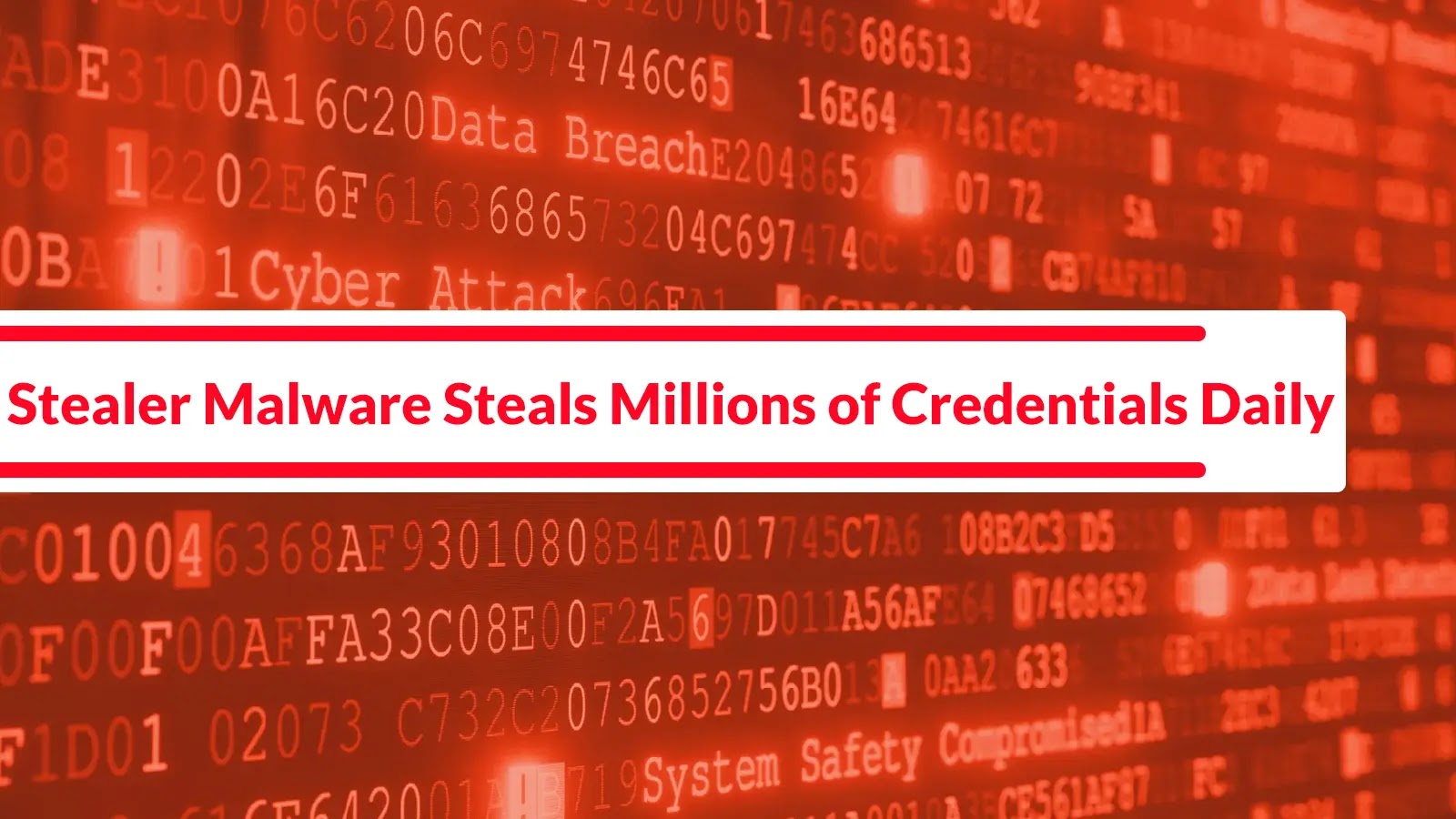In recent years, the cybercriminal landscape has witnessed a significant transformation with the rise of stealer malware—a category of malicious software designed to infiltrate systems and extract sensitive information. These operations have evolved into highly organized enterprises, capable of processing hundreds of millions of credentials daily, posing a formidable threat to global digital security.
The Scale of Credential Theft
Investigations into the stealer malware ecosystem have unveiled operations of unprecedented scale. Security researchers monitoring a single Telegram account observed the ingestion of up to 50 million credentials within a 24-hour period. This staggering volume underscores the efficiency and reach of these malicious networks.
Operational Hierarchy of Cybercriminal Networks
The infrastructure supporting stealer malware operations is both complex and hierarchical, comprising three primary groups:
1. Primary Sellers: These individuals or groups oversee the core operations, managing public channels where stolen data is disseminated and private channels offering premium access to clients.
2. Aggregators: Functioning as intermediaries, aggregators collect stealer logs from various sources and redistribute them, often providing search functionalities for specific sites.
3. Traffers: Collaborating with primary sellers, traffers are responsible for spreading malware. Some operate their own channels to showcase their effectiveness in distributing malicious software.
This tiered structure facilitates the efficient harvesting, processing, and distribution of stolen credentials, enabling cybercriminals to monetize their activities effectively.
Monetization Strategies and Data Distribution
The motivations driving these operations vary across groups. Primary sellers focus on monetizing stolen credentials through subscription models, offering access to vast databases of compromised data. Aggregators may leak data publicly to gain reputation within criminal communities, creating a complex web where the same stolen credentials appear across multiple channels in various formats.
Some channels advertise access to billions of credential lines, with pricing models ranging from weekly subscriptions at $60 to lifetime access for $600, demonstrating the commercialization of cybercrime.
Technical Infrastructure and Data Formats
The technical implementation of stealer log distribution presents unique challenges for both criminals and researchers. Threat actors employ multiple credential formats depending on the malware family and distribution method. The most common formats include simple combolist structures using delimiters such as colons, semicolons, or pipes to separate email addresses and passwords. More sophisticated formats follow URL-Login-Password conventions, while stealer logs from actual malware infections contain structured data with labeled fields.
Emerging Stealer Malware Variants
The stealer malware landscape is continually evolving, with new variants emerging that enhance the capabilities of cybercriminals:
– Vidar and StealC 2.0: Both malware families have undergone significant upgrades, introducing redesigned builds and modernized features. Notably, they share portions of their codebase, suggesting potential code theft or collaboration among cybercriminals.
– Raven Stealer: Targeting users of Chromium-based browsers like Google Chrome, Raven Stealer employs a modular architecture and stealthy design to harvest sensitive information without alerting victims.
– PXA Stealer: A Python-based information stealer that has compromised over 4,000 unique victims across 62 countries, exfiltrating more than 200,000 unique passwords and hundreds of credit card records.
– Katz Stealer: This malware enhances credential theft capabilities with system fingerprinting and persistence mechanisms, targeting popular applications like Discord.
Implications for Digital Security
The proliferation of stealer malware underscores the urgent need for robust cybersecurity measures. Organizations and individuals must adopt comprehensive security strategies, including:
– Regular Software Updates: Ensuring all systems and applications are up-to-date to mitigate vulnerabilities.
– Employee Training: Educating staff on recognizing phishing attempts and other social engineering tactics.
– Multi-Factor Authentication (MFA): Implementing MFA to add an extra layer of security to accounts.
– Network Monitoring: Utilizing advanced monitoring tools to detect unusual activities indicative of a breach.
By understanding the operational structures and methodologies of stealer malware campaigns, stakeholders can better prepare and defend against these pervasive threats.



